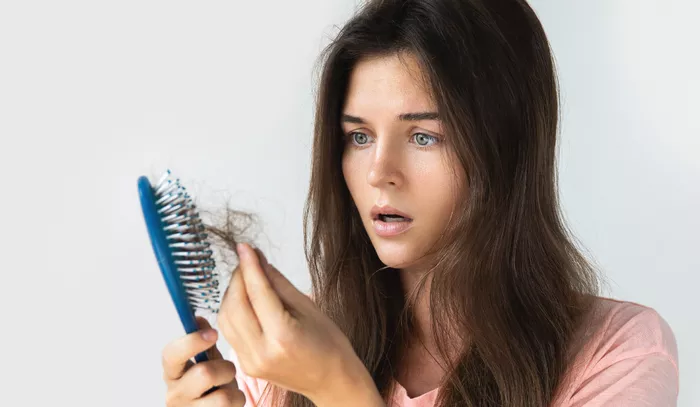A recent systematic review has highlighted the potential of light and laser therapy as an effective treatment for various forms of alopecia. The study demonstrated positive outcomes in terms of hair density and diameter in patients affected by alopecia areata (AA), androgenic alopecia (AGA), cicatricial alopecia, and telogen effluvium.
The comprehensive review analyzed data from PubMed, Scopus, Science Direct, and Google Scholar, covering research published from January 2010 to September 2023. Each study was evaluated for methodological rigor, sampling approaches, reliability of assessment tools, and specific objectives. Statistical analysis was subsequently conducted to consolidate findings.
Out of 965 initially identified records, 58 studies met the criteria for inclusion after duplicate removal and exclusion screenings. These included 26 studies on AA, 26 on AGA, 5 on cicatricial alopecia, and 1 on telogen effluvium. Researchers extracted data focusing on hair regrowth/density, adverse effects, and overall treatment satisfaction.
Treatment Outcomes and Efficacy Narrow-band ultraviolet B (UVB) therapy showed a varied efficacy range between 20% and 53% when administered bi-weekly over 12 weeks. Psoralen ultraviolet A (PUVA) therapy presented an effectiveness range from 25% to 75%, comparable to intralesional corticosteroids. The 308-nm excimer laser was notably successful in increasing hair density and diameter, particularly in patients with smaller lesions and shorter disease durations, achieving an average treatment efficacy of 40% (p < 0.01).
The erbium-glass laser technique showed improvement in hair diameter and density, both as a standalone treatment and in combination with other therapies, specifically for AGA patients. Significant results were observed with a minimum treatment duration of four months (p < 0.01). Similarly, the thulium laser boosted hair thickness and density, though these benefits gradually diminished after the cessation of treatment (p < 0.05).
Low-level light/laser therapy (LLLT) had an average efficacy of 50% and demonstrated particular effectiveness in reducing scalp oil secretion in female patients (p < 0.01). It also showed potential benefits when combined with topical minoxidil. However, LLLT was not effective for telogen effluvium, showing no significant change in hair count from baseline (p > 0.05).
Adverse Effects The most commonly reported side effects across treatments included scalp tenderness and a warm sensation at the treatment site. Other less frequent issues were dry skin, headaches, dandruff, and burning or stinging sensations. Specifically, PUVA therapy was associated with pain, hyperpigmentation, itching, blistering, and mild erythema.
Prevalence and Future Research Needs Alopecia affects approximately 50% of men and women at some point in their lives. Researchers emphasize the importance of further studies to evaluate the effectiveness of light and laser therapy for telogen effluvium and cicatricial alopecia. Continued research is also needed to better identify optimal candidates for these treatments.
“Many types of alopecia have a chronic nature or can lead to permanent complications. Therefore, they need a long period of treatment and control,” the authors noted. “The methods used in the treatment of alopecia must be accessible, cost-effective, and associated with minimal adverse effects.”
This study underscores the promise of light and laser therapies as viable treatment options for alopecia, while also highlighting areas that require additional research to refine therapeutic approaches and improve patient outcomes.
Related topics:
- George Washington’s Lock of Hair Among Rare Presidential Memorabilia Set for NYC Auction
- Natural Hair Expo Returns to Killeen for 13th Year
- Dabur to Merge Ayurvedic Hair Care Brand Sesa in ₹325 Crore Deal


